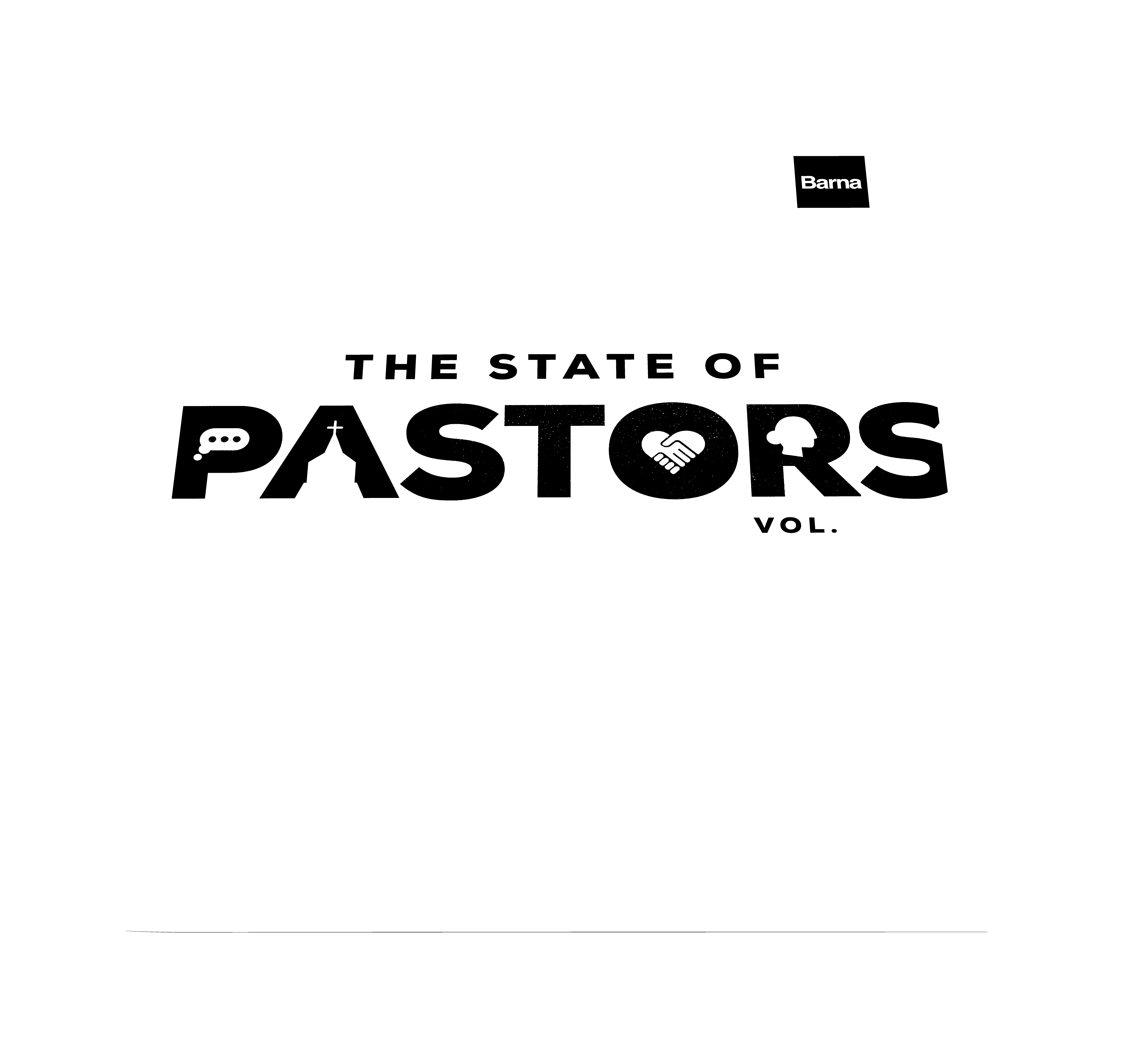Small Churches Struggle to Grow Because Of The People They Attract
The United States is dominated by small churches, with the average church attracting less than 90 adults on a typical weekend. The greatest attention flows to large churches, especially the 2% of churches that attract more than 1000 adults in a typical weekend. A new study by the Barna Research Group, of Ventura, California, shows that there are both demographic and theolographic reasons why small churches stay small and large churches grow larger. While some church growth can be attributed to geographic location and population growth, the Barna study indicates that there are fundamental dynamics at work that keep small congregations from growing numerically as well as several basic factors that contribute to the numerical expansion of mid-sized and large churches.
Overall, the research found that the typical Protestant church has 89 adults in attendance during an average weekend. In total, 60% of Protestant churches have 100 or fewer adults on a typical weekend, while slightly less than 2% have 1000 or more adults. Examining the figures in terms of where adults attend, however, the statistics show that about four out of ten church-going adults (41%) go to churches with 100 or fewer adults while about one out of eight church-going adults (12%) can be found in churches of 1000 or more adults.
Your Leadership Toolkit
Strengthen your message, train your team and grow your church with cultural insights and practical resources, all in one place.
Demographic Drawbacks for Small Churches
Based on a study of the church-going habits of 4501 adults randomly sampled from the U.S., the Barna survey discovered that small churches (defined as average weekend attendance of 100 or fewer adults) are more likely than either mid-sized (301-999 adults) or large churches (1000 or more adults) to draw people who are not college graduates and are more likely to appeal to people with lower household incomes. George Barna, director of the study, suggested that a “downscale” demographic profile often correlates with less aggressive growth patterns in organizations and a limited number of effective leaders.
Surprisingly, the research showed that adults under 35 years of age are more likely than are older adults to attend small churches. Barna cited two dominant reasons for this pattern. The first is the relative absence of children among younger adults. This impacts one’s choice of a church because providing children with a quality ministry experience is one of the main reasons why many Americans attend a church, and larger churches typically offer more programs and opportunities for children. The second reason why younger adults are more likely to attend a small church relates to the Baby Bust generation’s disinterest in participating in Boomer-led organizations and in large-scale enterprises. Busters are more interested in being personally known and connected, which many believe is more difficult to accomplish in larger churches.
Theolographic Limitations in Small Churches
The study also found that small churches have some theolographic limitations – that is, their spiritual beliefs and practices reflect challenges that are less prevalent in larger congregations.
The data revealed that small churches have a lower proportion of attenders who are “spiritually active,” which was defined as individuals who attend a church service, read the Bible, and pray to God during a typical week. This paralleled a finding that showed small church attenders are less likely to claim that their religious faith is “very important” in their life.
In addition, the research showed that adults affiliated with small congregations are less likely to be born again, less likely to believe in salvation by grace alone (i.e., not by good deeds), and less likely to have an orthodox view of God (i.e., holy, creator, ruler of the universe, alive today). The report indicated that such views undermine a solid theological foundation for congregational growth and may suggest that other spiritual perspectives that conflict with the Bible are common in smaller churches.
Mid-Sized and Large Churches Attract Aggressors
Demographically, mid-sized and large churches attract a higher proportion of “upscale” adults – those whose education and income levels enable the church to take more risks, be more aggressive in marketing, and draw resources from deeper pockets and broader backgrounds. Barna also noted that upscale individuals are more often comfortable with leadership requirements and decision-making, and tend to be more excited about organizational growth. He pointed out that large churches, in particular, appeal to Baby Boomers – one-quarter of church-going Boomers (25%) attend churches of 500 or more adults, compared to just one-sixth of church-going Busters (17%) – and Boomers are infamous for equating success with growth and large-scale operations.
One of the most intriguing patterns emerging from the study portrayed mid-sized churches as having the highest proportion of born again believers. Barna suggested that many mid-sized churches grow numerically because their born again members actively invite non-born again people to the church. This often has the effect of swelling the church’s numbers so that it reaches the “large” category while simultaneously diluting its born again proportion.
Your Leadership Toolkit
Strengthen your message, train your team and grow your church with cultural insights and practical resources, all in one place.
Larger Congregations Are More Conservative Spiritually
Adults attending mid-sized and large churches are more often people who are conservative in their theology as well as their social and political views. “Conservative people more often play by the rules,” commented Barna. “That helps to explain why mid-sized and large churches are often more solid on the theological foundations: those congregations are populated by people who want to know the biblical boundaries and expectations, and then are eager to work within them. Their energy and tangible resources are more focused and the result is more productive ministry.” The researcher also said that sociopolitical conservatives outnumber liberals by a three-to-one margin among church-going adults.
Hope for Small Churches
In spite of the obstacles revealed in the research, small churches have tremendous potential. “These insights simply identify some of the critical challenges that the average small church has to address,” the California-based researcher stated. “Small churches play an important and valuable role in the religious landscape of America. They reach millions of young adults who have no interest in a larger church setting. They have tremendous potential for building strong community, as well as spiritual foundations. And small churches often grow into larger churches once they develop significant internal leadership and creatively overcome their resource limitations.”
Barna also questioned the value of growth for its own sake. “Jesus did not die on the cross to fill up church auditoriums,” he cautioned. “He died so that people might know God personally and be transformed in all dimensions of their life through their ongoing relationship with Him. Such a personal reformation can happen in a church of any size. After all, the goal of every church should not be numerical growth but spiritual health and vitality.”
The tracking research conducted by Barna Research indicates that small churches will certainly remain prevalent in America for the foreseeable future. “Megachurches draw media attention, but they collectively account for less than one out of every four adults in church. Given the values and goals of people in the two youngest generations – the Busters and Mosaics – we anticipate mid-sized churches becoming a more significant force in the future, with many of those churches spawning new congregations rather than expanding to become megachurches. However, large congregations are here to stay and meet the needs of a specific segment of the population. If church leaders can maintain a focus on transformation rather than numbers, then we could enter an era of healthy churches at all sizes and shapes and shed the unhealthy spirit of numerical competition that currently distracts many churches.”
Research Source and Methodology
The data described above are from telephone interviews with several nationwide random samples of adults conducted from January 2002 through May 2003. In total 4501 adults were interviewed in studies that explored church attendance, spiritual beliefs and practices, and demographic correlates. Nine demographic factors and sixteen theolographic factors were compared across seven levels of adult attendance at Christian churches. The size levels examined were less than 50 adults; 50 to 100; 101-200; 201-300; 301-499; 500-999; and 1000 or more adults.
The maximum margin of sampling error associated with the aggregate sample is ±1.8 percentage points at the 95% confidence level; the maximum sampling error for the subgroups of church size ranged from a high of ±6.7 percentage points among those attending congregations with 201-300 people to a low of low of ±3.2 percentage points among those attending churches of 50 to 100 adults. All of the interviews were conducted from the Barna Research Group telephone interviewing facility in Ventura, CA. Adults in the 48 continental states were eligible to be interviewed and the distribution of respondents coincided with the geographic dispersion of the U.S. adult population. Multiple callbacks were used to increase the probability of including a reliable distribution of adults.
The data regarding average church size was drawn from telephone surveys conducted by Barna Research among a national random sample of 1202 Senior Pastors of Protestant churches. That sample has a maximum margin of sampling error of ±2.9 percentage points at the 95% confidence level.
“Born again Christians” were defined in these surveys as people who said they have made a personal commitment to Jesus Christ that is still important in their life today and who also indicated they believe that when they die they will go to Heaven because they had confessed their sins and had accepted Jesus Christ as their savior. Respondents were not asked to describe themselves as “born again.”
“Theolographics” (®) refers to the spiritual practices, beliefs and self-identification of individuals.
About Barna
Since 1984, Barna Group has conducted more than two million interviews over the course of thousands of studies and has become a go-to source for insights about faith, culture, leadership, vocation and generations. Barna is a private, non-partisan, for-profit organization.
Get Barna in Your Inbox
Subscribe to Barna’s free newsletters for the latest data and insights to navigate today’s most complex issues.




